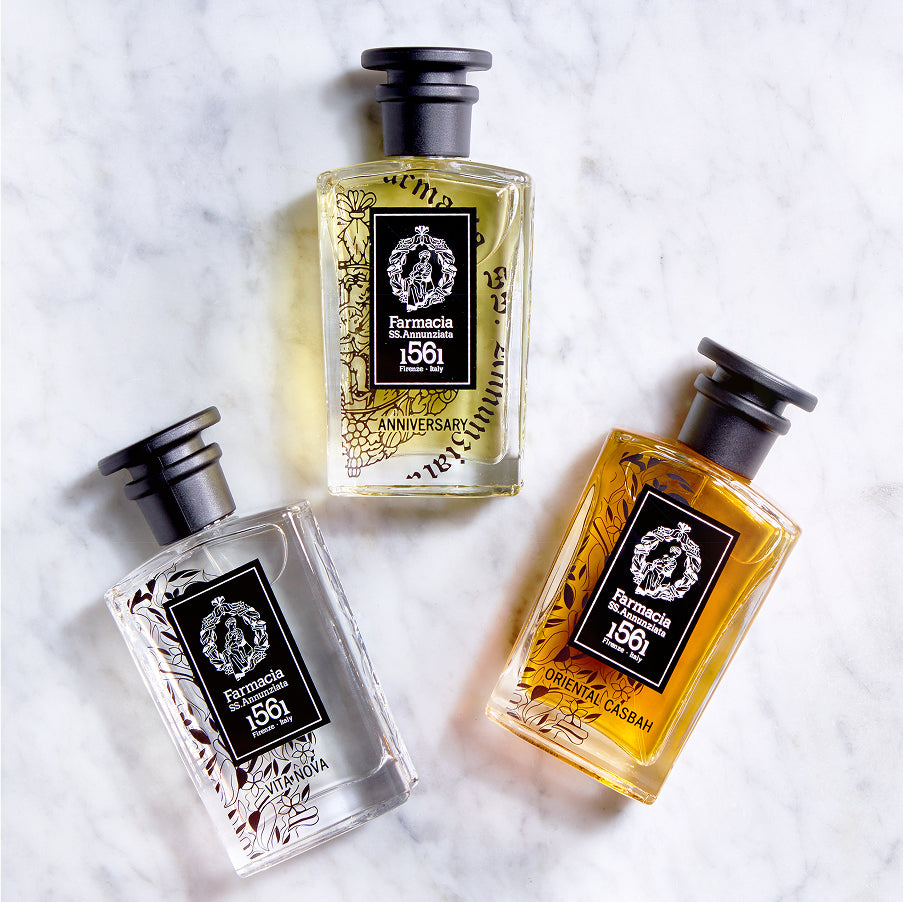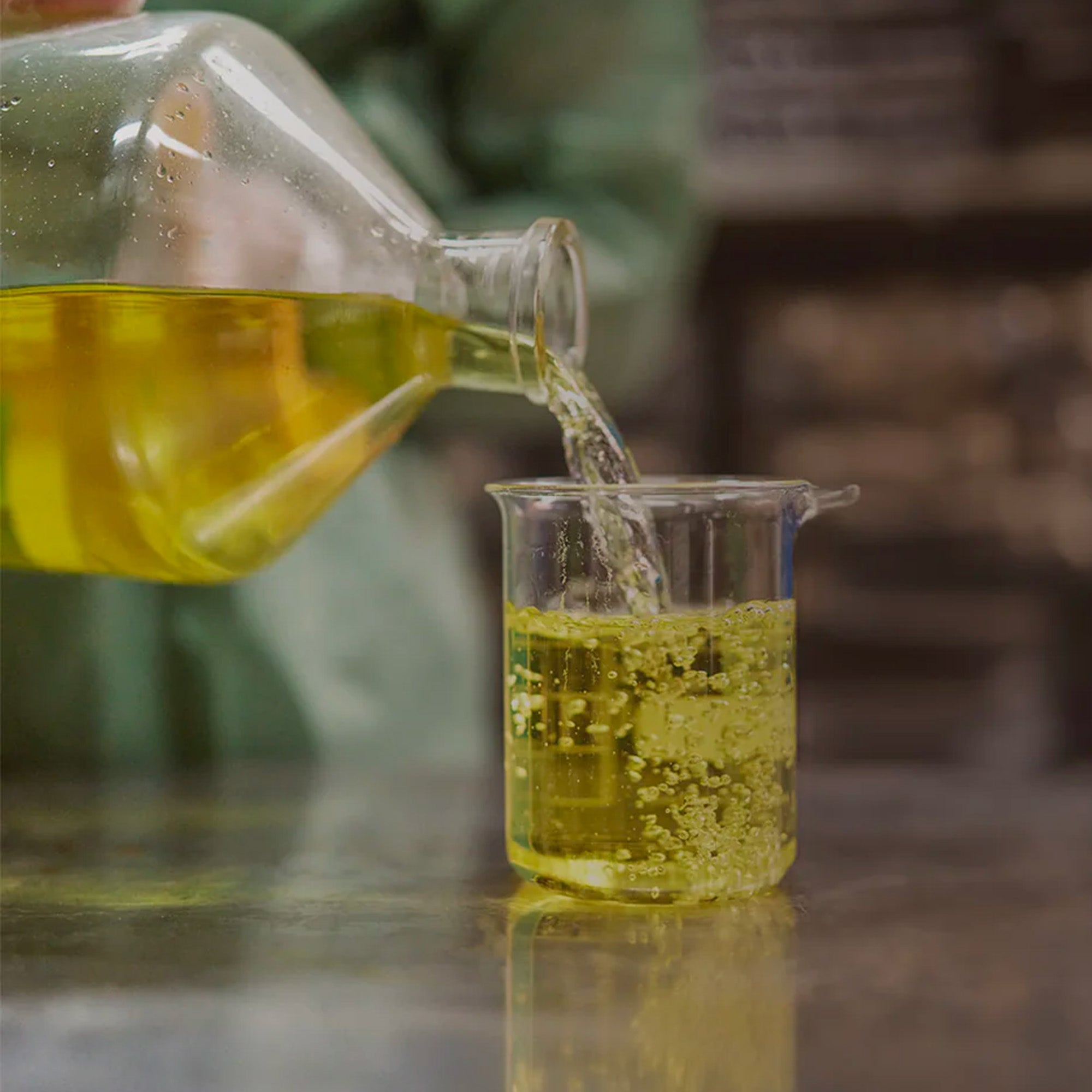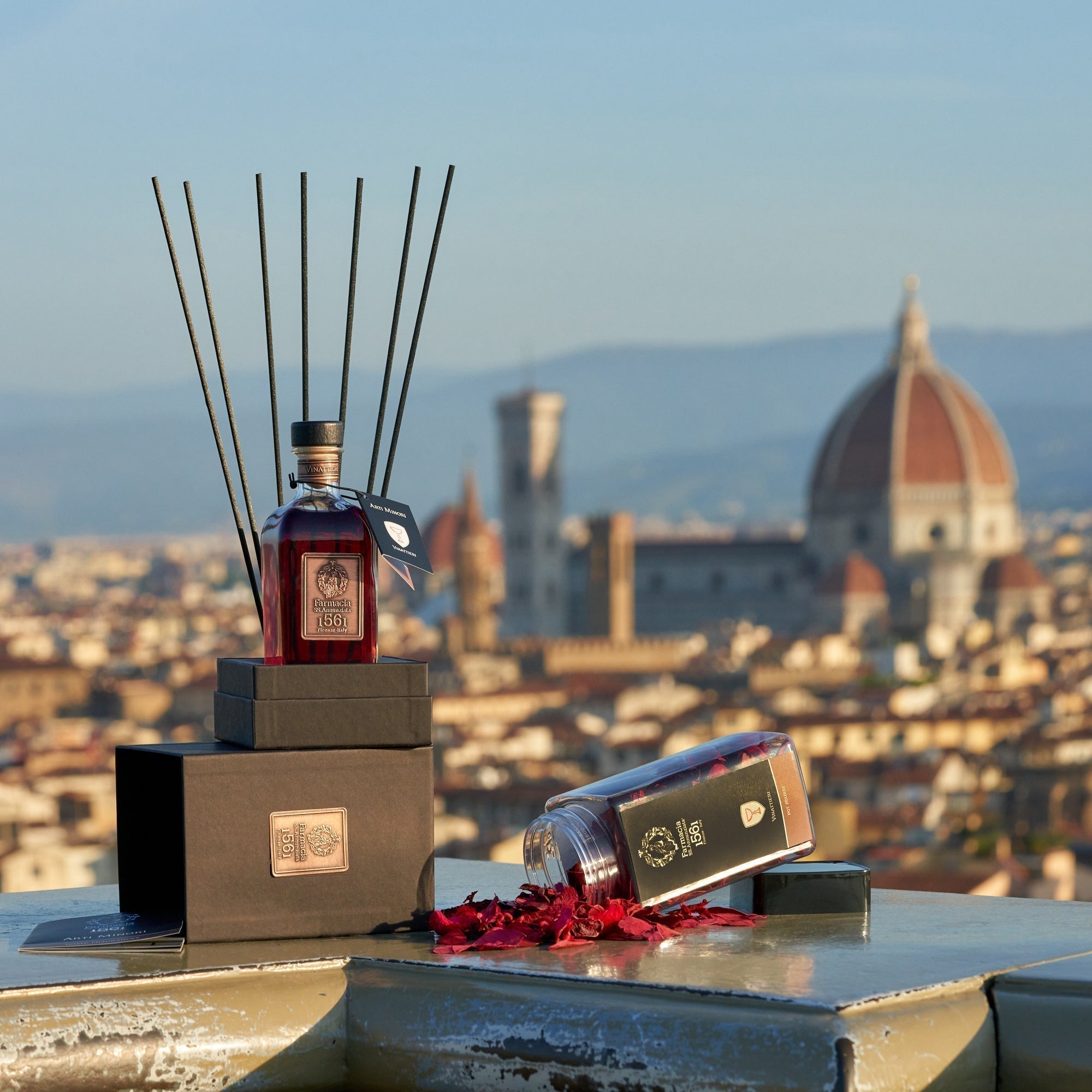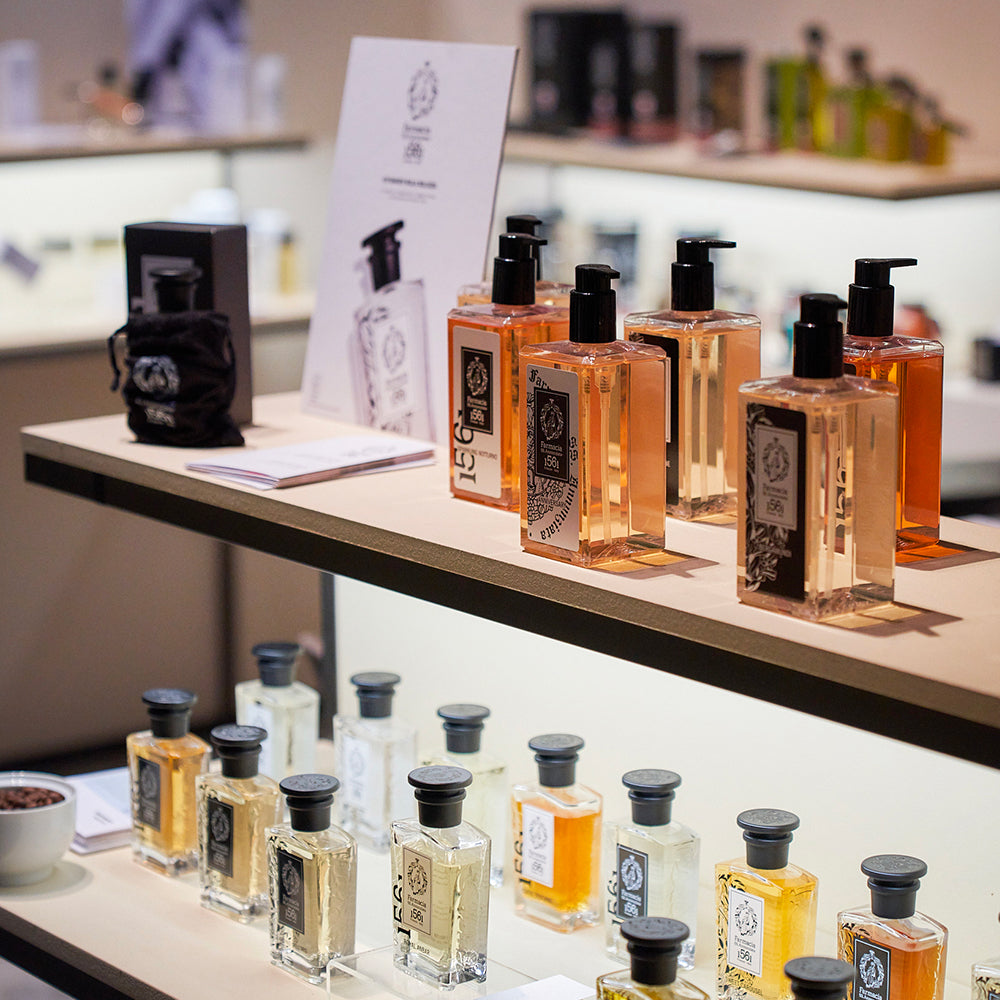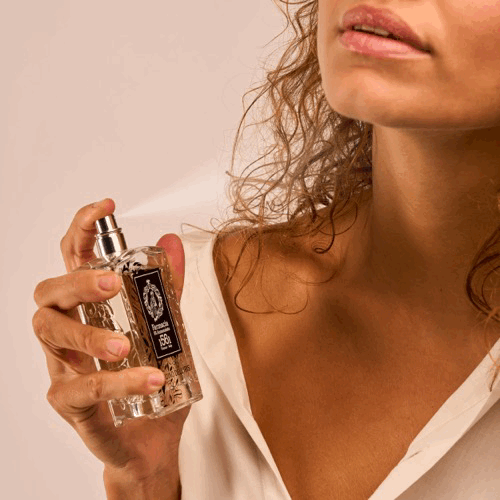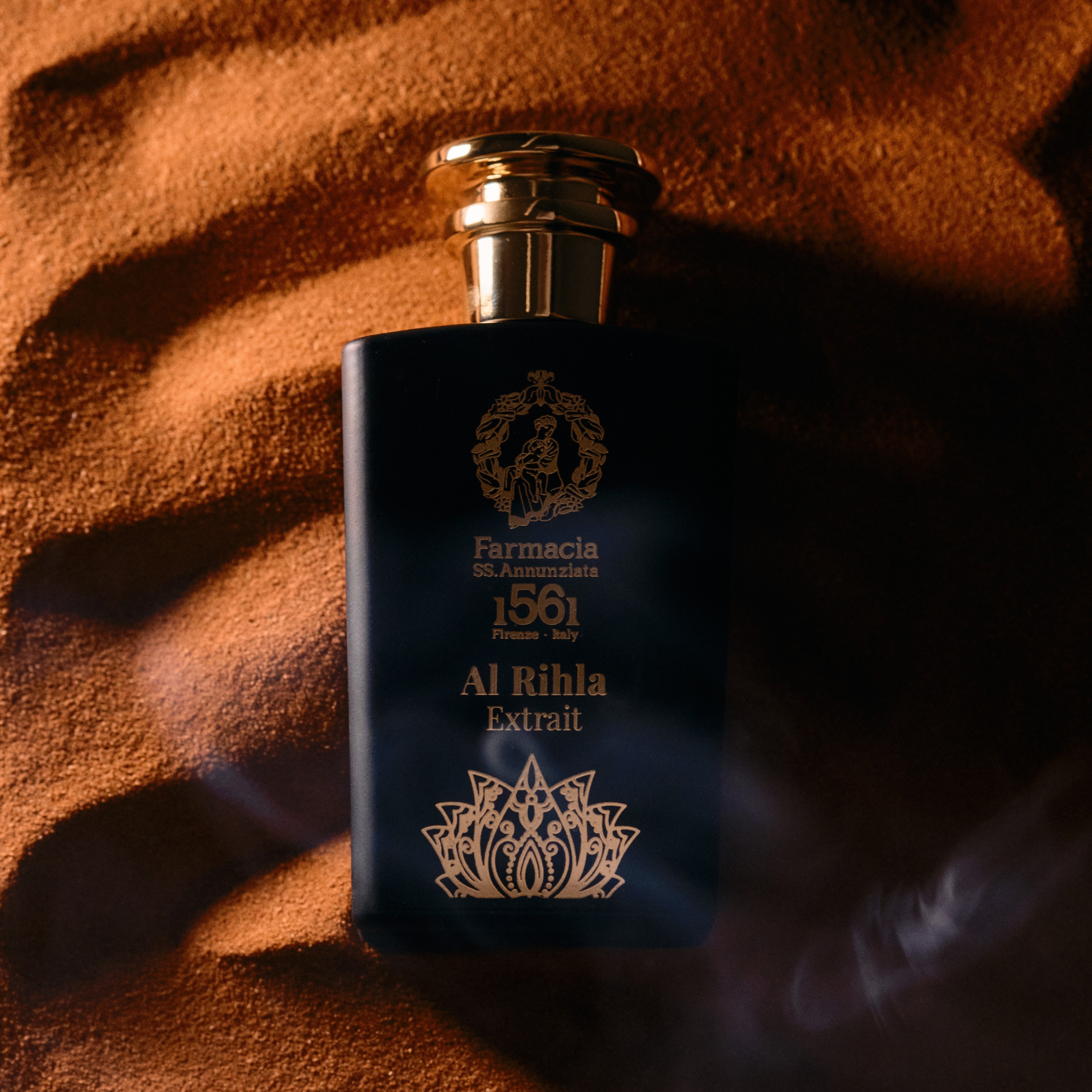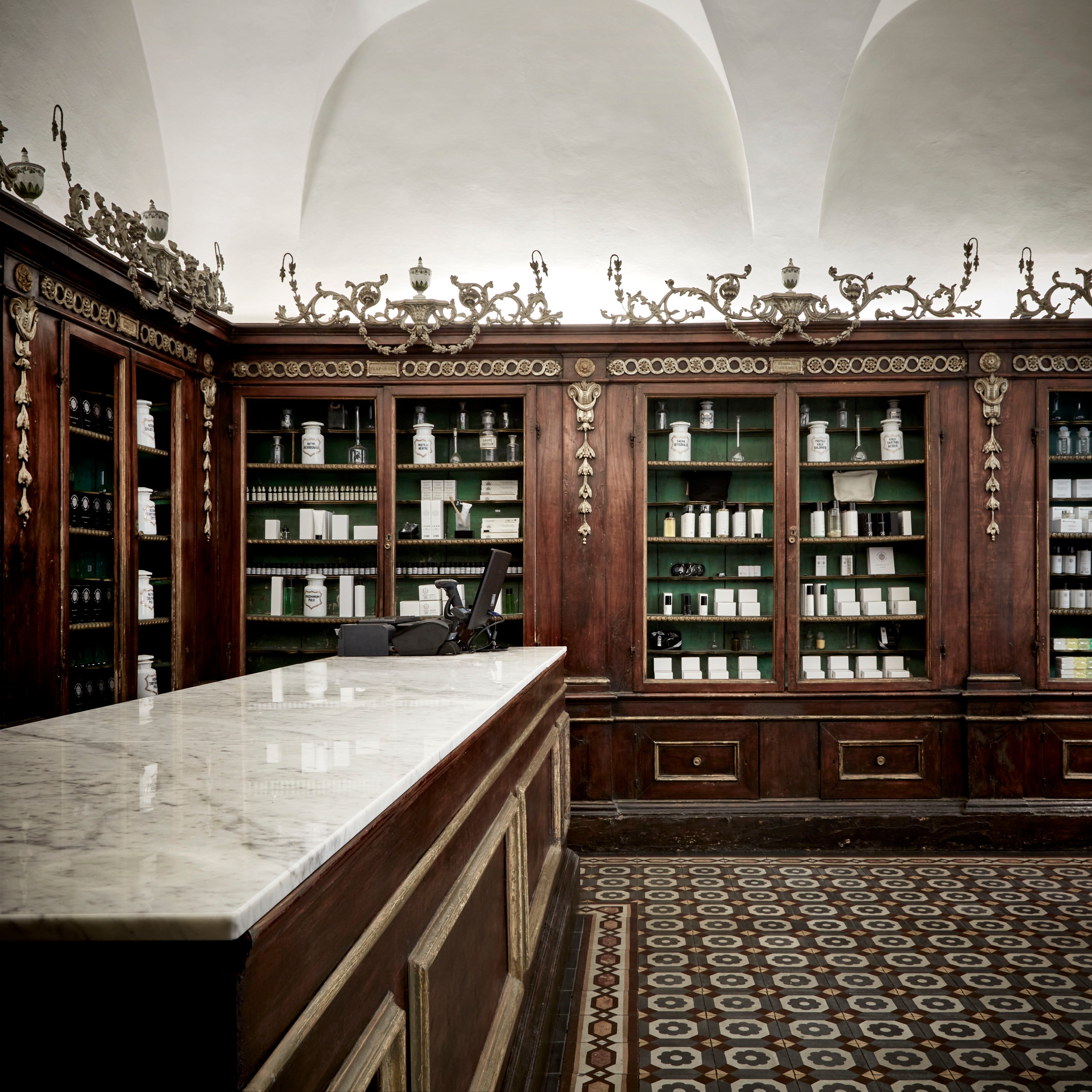
A JOURNEY INTO BEAUTY
THE FSSA 1561 BLOG
_
Written by: Elena Azzerlini
Artistic perfumery vs. commercial perfumery: what really makes the difference?
What are artistic perfumeries and why should you choose them?
Artistic perfumeries are stores that offer niche perfumes, crafted with high quality ingredients and through artisanal production processes. These exclusive high-end perfumeries stand out from commercial perfumeries due to their selection of brands and the distinctive philosophy embraced by these maisons. Each fragrance is conceived as a true work of art, meticulously crafted by master perfumers who invest years of expertise and research in perfecting their compositions.
What makes artistic perfumeries particularly esteemed is their dedication to quality and the exclusivity of the brands they curate. Each fragrance is meticulously composed using rare and precious raw materials, enabling the creation of olfactory experiences that are both complex and nuanced. Uniqueness stands as a fundamental value: the fragrances offered are not designed for the mass-market but are one-of-a-kind expressions of the perfumer’s artistry—creations capable of evoking deep emotions and narrating compelling stories.
The artisanal philosophy that underlies these maisons—and our own—also entails a deliberately limited production, thereby ensuring a heightened sense of exclusivity. Choosing an artistic perfumery is embracing a refined sensory journey, one that eschews commercial trends in favor of personalization and excellence. For niche fragrance connoisseurs, it represents the perfect choice for those seeking to wear a scent that is truly distinctive and reflective of their individuality.
Artistic perfumery explained: definition and key characteristics
Artistic perfumery is a sophisticated and exclusive sector of the fragrance industry, defined by the creation of high-quality, limited-edition perfumes. Unlike mass-market or designer fragrances, niche perfumes are crafted with rare, often natural raw materials, resulting in complex and distinctive compositions that stand apart from mainstream offerings.
While commercial perfumes aim for mass appeal and are produced on a large scale, often through industrial processes, artistic perfumery prioritizes creativity, craftsmanship, and storytelling. Each fragrance is an expression of the perfumer’s vision—sometimes bold, unconventional, or concept-driven—designed to evoke emotion and offer a deeply personal, sensory experience.
One of the key characteristics of niche fragrances is the use of premium ingredients: exotic resins, precious woods, rare florals, and natural extracts that are difficult to source. These materials not only ensure a higher olfactory quality, but also contribute to the exclusivity and longevity of each perfume.
Choosing a niche perfume means choosing authenticity. Whether you're a fragrance collector or simply someone seeking a signature scent, niche perfumery offers a world of unique, luxury fragrances.

Difference between artistic perfumery and commercial fragrances
Artistic perfumery traces its origins back to the early 20th century—born from the world of haute couture. It was Paul Poiret, the visionary French designer and pioneer of the couturier-parfumeur concept, who first forged the connection between high fashion and fine fragrance. From his fashion house came some of the very first perfumes linked to a designer brand, establishing a creative synergy between scent and style.
As early as 1920, the magazine Excelsior wrote:
"The fashion designer can best understand what a woman desires [...] in his hands, perfume becomes the most essential of all non-essential accessories."
In the decades that followed, especially in the latter half of the century, fashion houses of every scale launched their own fragrance lines. This marked the rise of what we now call commercial perfumery, a sector focused on large-scale production and global appeal.
Artistic vs. Commercial Perfumery: A World of Difference
The contrast between artistic perfumery and commercial perfumery is profoundly rooted in their philosophy, creation processes, choice of raw materials, and distribution models.
Philosophy
Commercial fragrances are designed to appeal to the masses. Driven by marketing strategies and seasonal trends, these perfumes aim to maximize reach and revenue. Artistic perfumery, on the other hand, is about authenticity and individuality. Each fragrance is treated as a singular artistic expression—crafted not for everyone, but for someone.
Creation Process
In mainstream perfumery, fragrances are often developed with market research in mind, resulting in accessible, familiar scents that are easy to wear. By contrast, niche perfumers dedicate months—even years—to the creation of complex compositions. Here, the process is as much about storytelling as scent, with each fragrance built to evoke emotions, memories, and personal journeys.
Ingredients and Quality
Artistic perfumery relies on rare, high-quality raw materials—often natural, often difficult to source—giving the final product depth, longevity, and a truly distinctive character.
Selective Distribution vs. Mass Market Reach
Another key difference lies in distribution. Commercial fragrances are available globally, widely stocked in department stores and retail chains. They are often promoted through large-scale advertising campaigns and celebrity endorsements. This marketing approach requires massive investment, which is not sustainable in niche perfumery. Niche perfumes are distributed in carefully selected high-end perfumeries and concept stores.
In summary, artistic perfumery offers superior quality, a unique sensory experience, and a more curated selection compared to commercial perfumery, which targets a broader audience and aims to satisfy more general tastes.
A closer look at production methods in high-end perfumery
The difference between industrial and artisanal perfume production lies primarily in the timeframe, quality, and control over raw materials.
In industrial production, processes are streamlined for speed and high-volume output. Advanced machinery and technology allow for the creation of large quantities of fragrance. However, this efficiency often comes at the cost of quality. To keep production scalable and cost-effective, synthetic and inexpensive raw materials are frequently used, resulting in a product that may lack depth, character, and longevity.
Artisanal production, by contrast, follows a slower, more deliberate approach. Each step is carefully monitored and customized, often by hand. Artisan perfumers select natural, rare, and high-grade ingredients to create fragrances that are more intricate, nuanced scents that may not appeal to everyone, but resonate deeply with those who seek originality.
Thanks to meticulous attention to detail and hands-on craftsmanship, artisanal perfumes offer superior quality, enhanced complexity, and a level of authenticity that industrially produced fragrances simply cannot replicate.

Niche, luxury and limited-edition perfumery: the art of exclusive fragrance
Artistic perfumery represents the highest expression of luxury in the world of fragrance. With its emphasis on niche appeal and limited editions, this refined sector is defined by the creation of unique perfumes crafted for a discerning audience—those who seek rare, one-of-a-kind sensory experiences.
Fragrances are often produced in small, carefully-controlled batches. This limited production not only ensures exclusivity, but also transforms each perfume into a collectible piece of olfactory art—perfect for connoisseurs in search of something truly rare and precious. In this world, luxury is not just about price; it’s a philosophy rooted in authenticity, artistry, and emotional storytelling.
Packaging also plays a key role in defining the luxury and exclusivity of niche fragrances. In the realm of artistic perfumery, original and thoughtfully designed packaging enhances the uniqueness of each scent-especially for limited editions. But originality is not enough: today, sustainability is essential.
There is a growing commitment to balancing aesthetic innovation with environmental responsibility. From locally produced packaging to the use of recycled or recyclable materials, or partnering with certified eco-conscious suppliers, every detail matters. The result is a fragrance that is not only a luxury to wear, but also a mindful choice—wrapped in a package designed with purpose, care, and a respect for the planet.
Luxury perfumeries: the value of experience and quality
Luxury perfumeries offer more than just fragrances—they deliver a refined, immersive sensory journey designed to satisfy even the most discerning customers. These elegant spaces are defined by meticulous attention to detail, from the personalized customer service to the creation of olfactory journeys tailored to individual preferences.
The interior design of a luxury fragrance boutique plays a crucial role. Sophisticated, serene, and thoughtfully curated, the atmosphere evokes a sense of exclusivity, comfort, and timeless elegance.
What truly sets luxury perfumeries apart is their curated fragrance selection. Only the most prestigious brands, niche perfumes, and limited-edition creations are showcased—each chosen for its artistic quality, rare ingredients, and craftsmanship. These boutiques are not just retail spaces; they are destinations for fragrance connoisseurs seeking exceptional quality, originality, and exclusivity.
For those in search of a unique luxury fragrance experience, these boutiques represent the ultimate in olfactory excellence.
Niche perfumes: unique fragrances for true connoisseurs
Niche perfumes represent the elite of the fragrance world, crafted for those who seek exclusivity, creativity, and authenticity. Unlike commercial scents, niche fragrances are developed by independent or artisanal perfume houses that prioritize quality over quantity.
What sets niche perfumes apart is their innovative, boundary-breaking approach. Ingredients are carefully selected to create unusual and complex compositions, often challenging traditional olfactory norms. Gender categories and classical fragrance families give way to fluid, artistic interpretations that focus on the scent itself, not the label.
The creation process is meticulous and time-intensive, emphasizing craftsmanship and originality.
Choosing a niche perfume means stepping away from mass trends and embracing a personal, sensorial experience. These are fragrances for true connoisseurs—those who view perfume not just as a scent, but as a form of wearable art.
The allure of limited edition perfumes: irreplicable creations
For lovers of artistic perfumery, limited edition perfumes are coveted treasures—objects of desire that blend rarity, artistry, and emotion. Their limited availability makes them collectible, surrounded by mystery and prestige that sets them apart from traditional scents.
Each limited edition is a unique interpretation of the perfumer’s craft, created without compromise. Ingredients are carefully sourced, and the creative process is highly curated. Often, bottles are individually numbered, heightening their appeal and exclusivity.
The emotional value of a limited edition fragrance lies in its rarity—owning a bottle means holding a piece of olfactory history that will never be reproduced. These creations are frequently tied to special events, artistic collaborations, or brand anniversaries, deepening their meaning and emotional resonance.
For collectors and connoisseurs, a limited edition perfume is more than a scent—it's a statement of identity, originality, and luxury in its most inimitable form.
How to identify high-quality perfumes
Recognizing a high-quality perfume requires attention to detail and a bit of experience in understanding its main elements. Here are four essential aspects to consider:
- Olfactory Notes
A well-crafted perfume has a complex structure that unfolds over time. The top notes are the initial impression, fading within minutes. Heart notes emerge shortly after, lasting up to 30 minutes, while the base notes linger for hours. In a premium fragrance, this evolution is smooth and harmonious, with each phase blending seamlessly into the next. - Ingredients
Quality perfumes use natural, precious raw materials—such as essential oils, fresh florals, or rare woods—instead of synthetic compounds. These ingredients add depth, richness, and authenticity to the fragrance. - Longevity
Persistence is crucial. A high-end perfume maintains its character for several hours, with a noticeable yet refined sillage that doesn’t overwhelm. - Balance
A great perfume is well-balanced. No single note should overpower the others. The right harmony between freshness, sweetness, spice, and woodiness reflects expert craftsmanship.

Artistic perfumery in Florence: a reference point for fragrance enthusiasts
Founded in Florence in 1561, Farmacia SS. Annunziata 1561 is a symbol of excellence in artistic perfumery. Originally established as a pharmacy and apothecary, it evolved over the centuries into a renowned fragrance house, blending science and artistry in the creation of unique perfumes. Known for its high-quality ingredients and meticulous craftsmanship, the brand has become a prestigious destination for fragrance enthusiasts worldwide. Today, Farmacia SS. Annunziata 1561 continues to honor its heritage by crafting exclusive scents that embody the rich culture and history of Florence, offering a timeless olfactory journey.
The future of artistic perfumery between exclusivity and sustainability
The future of artistic perfumery is increasingly focused on exclusivity and sustainability. As demand for unique, personalized fragrances grows, the industry is shifting towards eco-friendly practices by prioritizing natural ingredients and ethical production methods. Transparency and environmental responsibility are becoming core values, with perfume houses committing to sustainability. The evolution of artistic perfumery promises to blend luxury with respect for nature, creating more conscious, exquisite olfactory experiences.


